What makes a good portrait? Can we really expect a single image to reveal a person’s character? Or even a side of their character? And does the quality of the image matter – do we need to see every wrinkle and skin blemish? Can black and white still do the business?
Many portraits we see today are in colour and made with high resolution digital cameras. See, for example, the portraits submitted to the Taylor Wessing Photographic Prize.
I decided to see if I could capture a series of portraits of my old friend Andrew using 35mm black and white film and a 50mm lens (well actually 60mm). Why this combination? Well, in the past this combination worked – see Jane Bown’s superb collection of pictures taken for The Observer newspaper using an Olympus OM1 and a 50mm lens.
I chose Silvermax 100 developed in Silvermax developer, and my Leica R8 (with winder) coupled to the ‘legendary’ 60mm Elmarit-R. I’m not sure if the 60mm is actually a legend – was it Salgado who brought it to fame? Anyway, I picked up mine from the lovely people at the West Yorkshire Cameras.
The portraits were shot in shaded sunshine and Andrew’s partner kindly held a soft reflector to minimise harsh shadows. The results you can judge for yourself.
As to the questions I started this post with, it seems to me that the portrait is a static object and the dynamic element comes from the viewer. So it follows that different viewers see different qualities in the person who is portrayed. In these images I can understand that Andrew’s family might see their husband/father. I see a lifelong friend. His co-workers would see a trusted colleague and partner. But, here’s the thing, each of these viewers would be seeing ‘their’ version of Andrew in different images. In other words, I’m not sure that one single image captures the ‘whole’ Andrew, but the series seen together just might.
As to quality and the absence of colour? The quality of the negatives would easily give a decent 10×12” print, and the Silvermax excels at delivering skin tones. I am doubtful colour or medium format would have added anything. I do have to admit the camera and lens combo I used is heavy, and I opted for handheld rather than a tripod. But, on balance, I preferred the fluid approach handheld gave me.
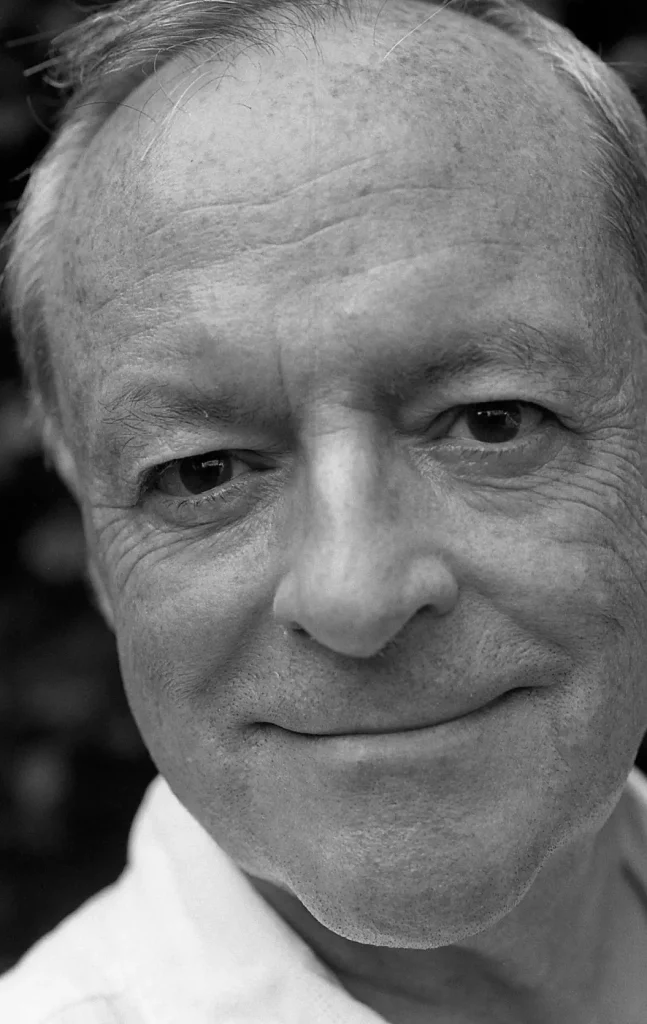
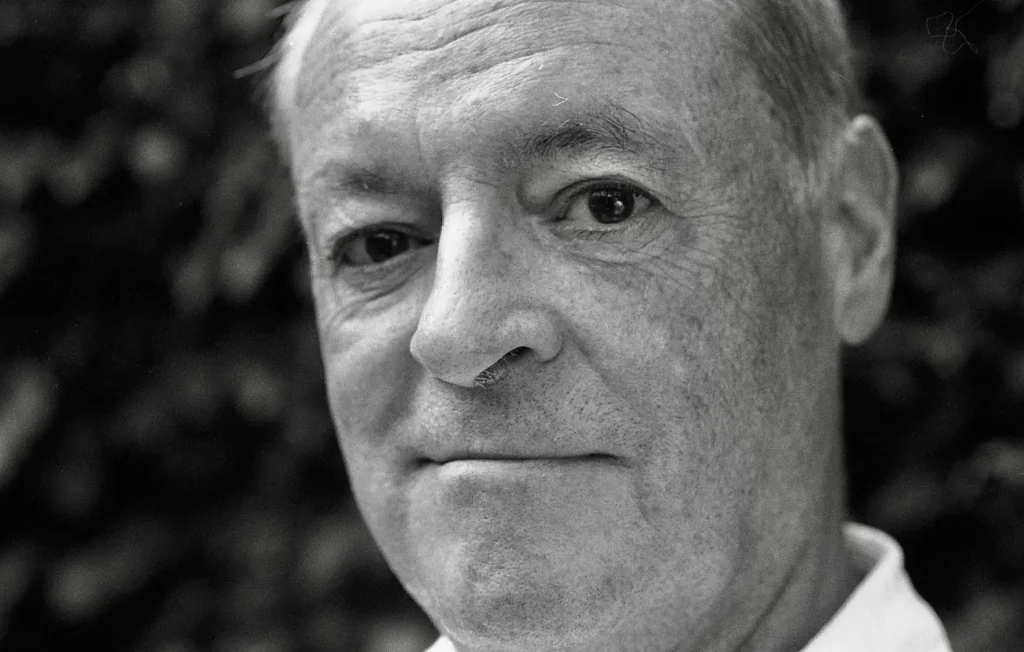
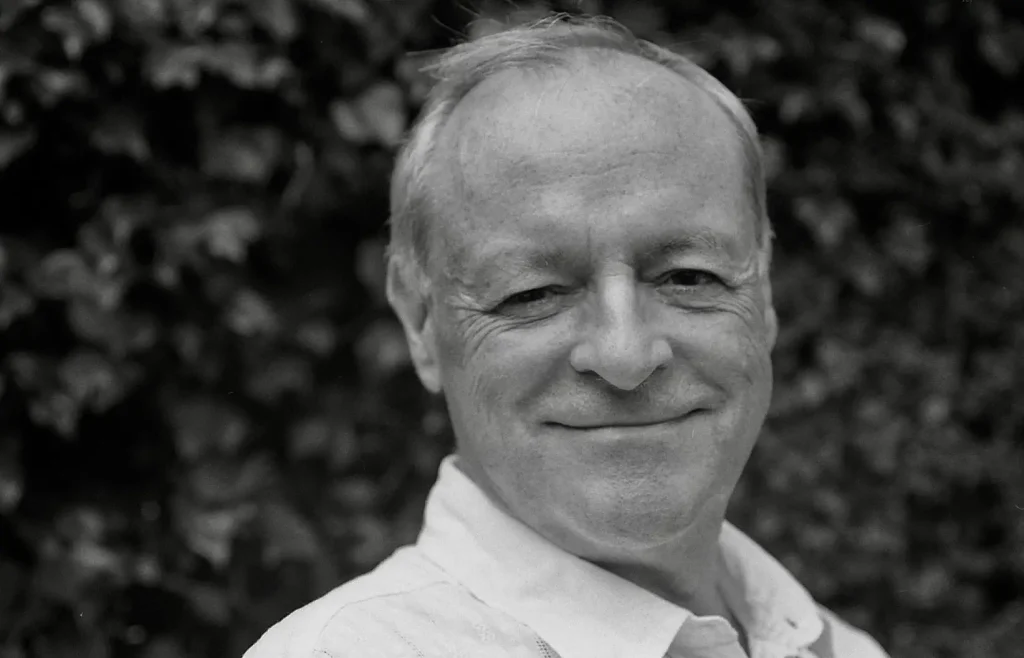
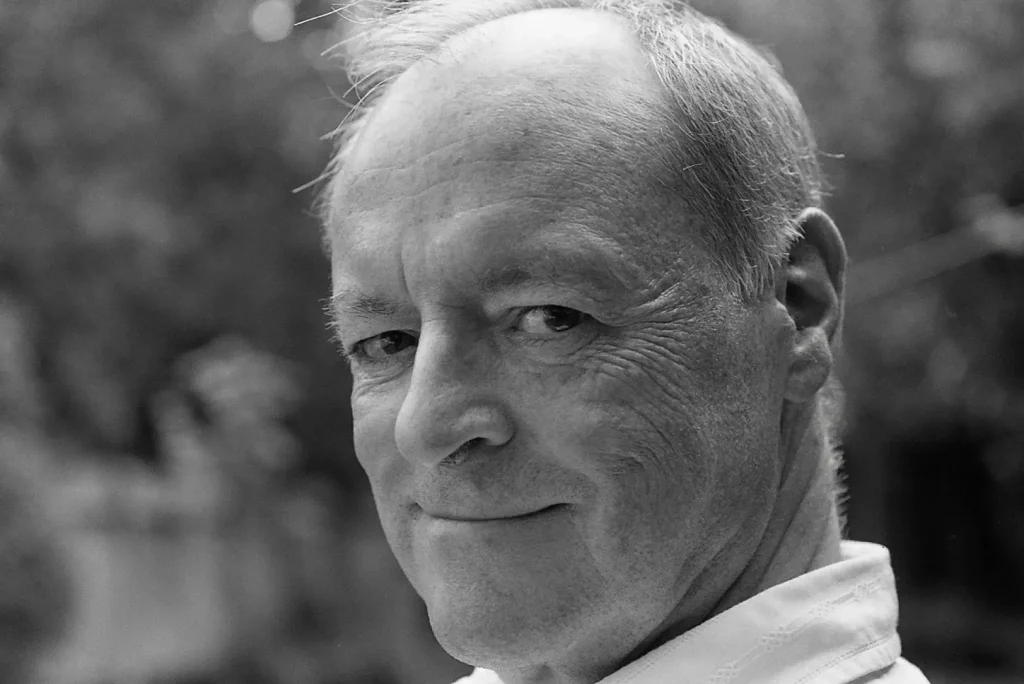

If you enjoyed this post please head over to michaelscottfoto and thanks for reading.
Share this post:
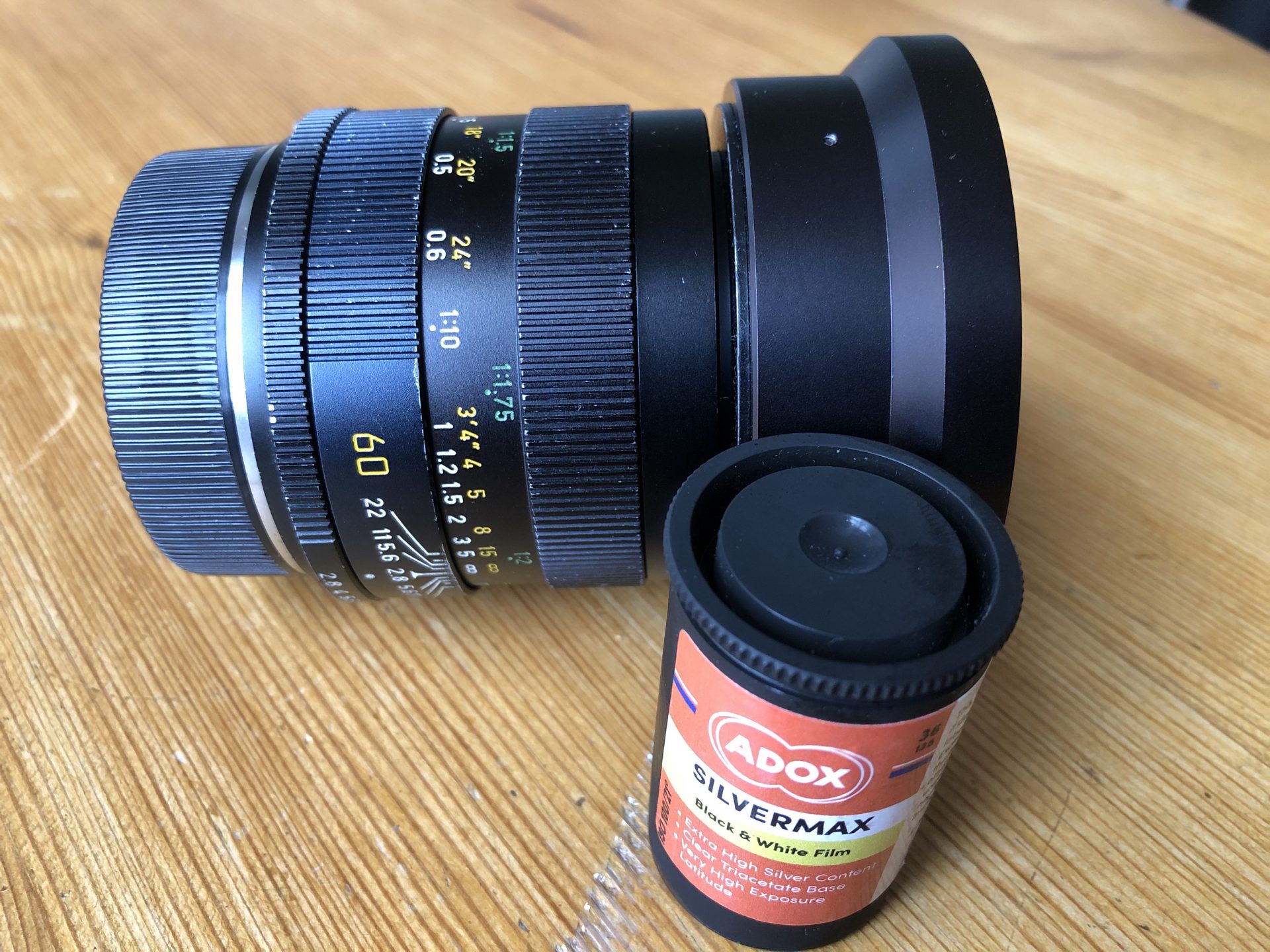








Comments
David M Burke on 5 Portraits with Silvermax and the 60mm Leica Elmarit-R – by Michael Scott
Comment posted: 28/03/2020
Comment posted: 28/03/2020
Terry B on 5 Portraits with Silvermax and the 60mm Leica Elmarit-R – by Michael Scott
Comment posted: 28/03/2020
The film/developer combination is one I'm not familiar with, but the quality of the images you post here is self-evident. The result puts me very much in mind of my images shot on 120 FP4 (not ) and Aculux. This was my preferred combination.
I, too, feel that portraiture, probably, is more revealing in b/w as it avoids colour distractions and forces us to concentrate on the subject more.
Comment posted: 28/03/2020
Brian Pearcy on 5 Portraits with Silvermax and the 60mm Leica Elmarit-R – by Michael Scott
Comment posted: 28/03/2020
Comment posted: 28/03/2020
Gil Aegerter on 5 Portraits with Silvermax and the 60mm Leica Elmarit-R – by Michael Scott
Comment posted: 28/03/2020
Comment posted: 28/03/2020
Wouter Willemse on 5 Portraits with Silvermax and the 60mm Leica Elmarit-R – by Michael Scott
Comment posted: 02/04/2020
Having had this lens, I found it a hard lens to love - its performance is stellar, with great contrast. But the focus throw is very long, making it a bit a slow lens to use for spontaneous photography (at least, to my taste). Also, compared to some other Leica R lenses, I missed something in the rendering. Perhaps since the 60mm is much better optimised for flat-field, where the summicrons are not. But to me, it misses some character.
That is probably because I did never use it for portraits like you did - your photos sure convince me I was wrong about the lens all along :-)
Comment posted: 02/04/2020
Bruno Chalifour on 5 Portraits with Silvermax and the 60mm Leica Elmarit-R – by Michael Scott
Comment posted: 18/04/2020
Comment posted: 18/04/2020